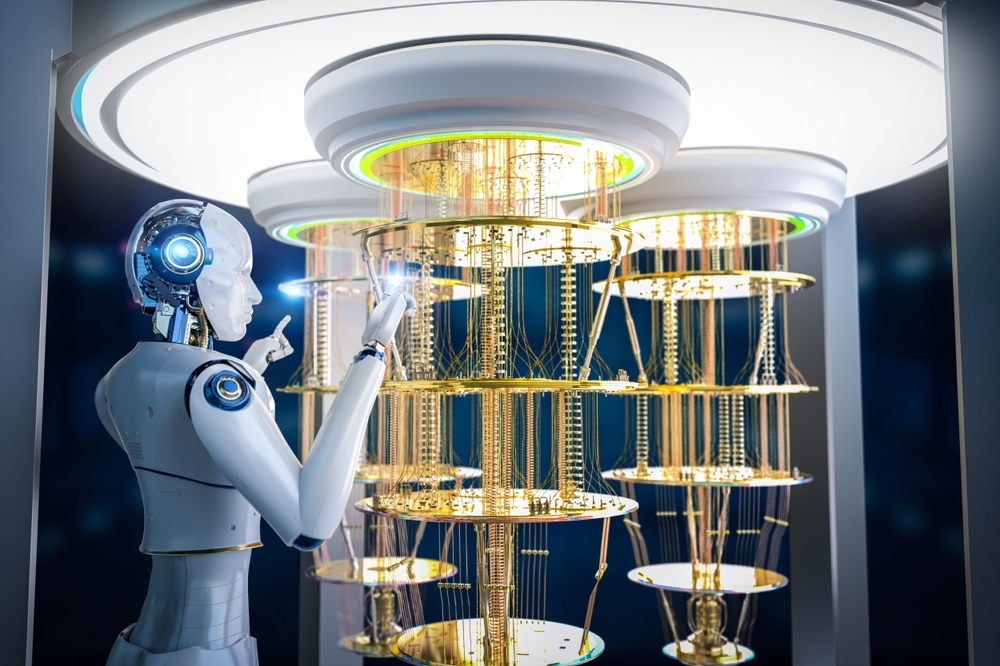Quantum computing holds the promise of solving problems too complex for even the most powerful classical supercomputers, but teaching quantum machines to ‘learn’ has remained one of the field’s biggest challenges.
Now, researchers at Los Alamos National Laboratory have taken a major leap forward in quantum machine learning by uncovering a fundamentally new approach that avoids the pitfalls of traditional models.
By demonstrating that a powerful statistical method, known as the Gaussian process, can be naturally applied to quantum systems, the team has laid the groundwork for more efficient, scalable, and reliable quantum learning algorithms, potentially revolutionising how we harness the full power of quantum computing.
The promise and pitfalls of quantum neural networks
Neural networks revolutionised classical computing, making self-driving cars, real-time language translation, and generative AI possible.
It’s no surprise, then, that researchers have long sought to replicate this success in quantum computing. However, direct adaptation of classical neural network models onto quantum systems has led to persistent issues.
Classical neural networks are parametric systems that learn by adjusting millions of internal values, or ‘neurons,’ to approximate complex functions. They are also known to converge to something called a Gaussian process – essentially, a probability distribution shaped like a bell curve.
This Gaussian convergence allows scientists to make reliable predictions by analysing the average output of a neural network across many inputs.
But when researchers tried to transplant this architecture into the quantum world, they ran into a problem: barren plateaus. These mathematical dead zones prevent the network from learning effectively, making training quantum neural networks exceedingly difficult.
A simpler, smarter approach
To solve this, the Los Alamos team pivoted away from neural networks entirely. Instead, they explored whether the core statistical idea – Gaussian processes – could be applied directly to quantum systems.
Their goal was to prove that genuine quantum Gaussian processes not only exist but can serve as a foundation for quantum machine learning.
Gaussian processes, unlike neural networks, are non-parametric. This means they don’t rely on adjustable parameters to learn patterns from data. As a result, they avoid the training pitfalls that plague quantum versions of neural networks.
However, Gaussian processes are only accurate when the underlying data follows a bell-curve distribution, so the team employed advanced mathematical tools to ensure their quantum models met this criterion.
This breakthrough opens the door to quantum systems that can make probabilistic predictions, a cornerstone of machine learning, without falling into computational traps.
The quantum Gaussian revolution
One of the key implications of this finding is the ability to perform Bayesian inference on quantum systems, updating predictions as new data is introduced.
In the classical world, this technique is widely used to forecast everything from housing prices to medical diagnoses. With this new research, the same principle can now be applied to quantum data sets.
As quantum hardware continues to advance, having proven, effective learning methods ready to deploy is critical.
This development lays essential groundwork for a future where quantum computers can tackle problems that are currently beyond the reach of classical machines.
A new direction for quantum machine learning
The success of this project represents years of foundational work and a major milestone in the quest for quantum machine learning.
More importantly, it highlights a shift in strategy: instead of trying to retrofit classical models into quantum systems, researchers should focus on developing methods natively suited to quantum computing.
This fresh perspective marks a turning point in the field. As the quantum computing community pushes forward, this work encourages others to explore fundamentally new paradigms – ones that fully embrace the unique capabilities and constraints of quantum mechanics.
By proving that quantum Gaussian processes can serve as a solid foundation for machine learning, the Los Alamos team has taken a critical step toward realising the true potential of quantum machine learning.

